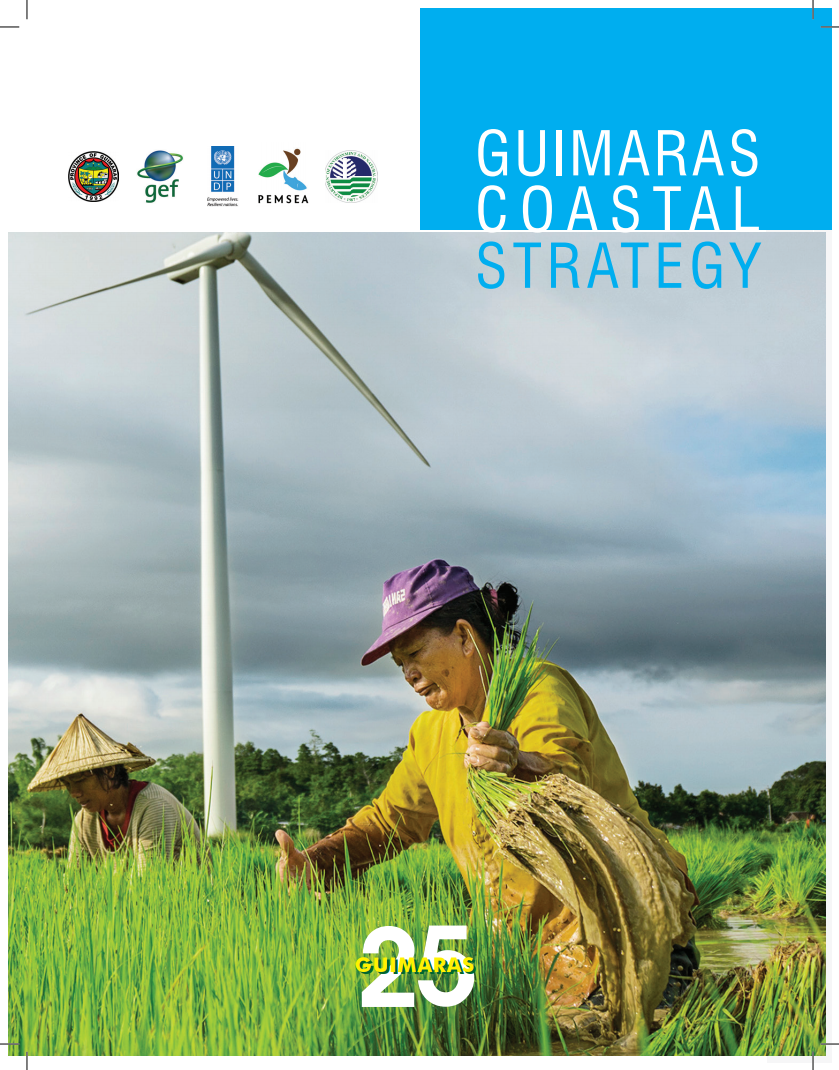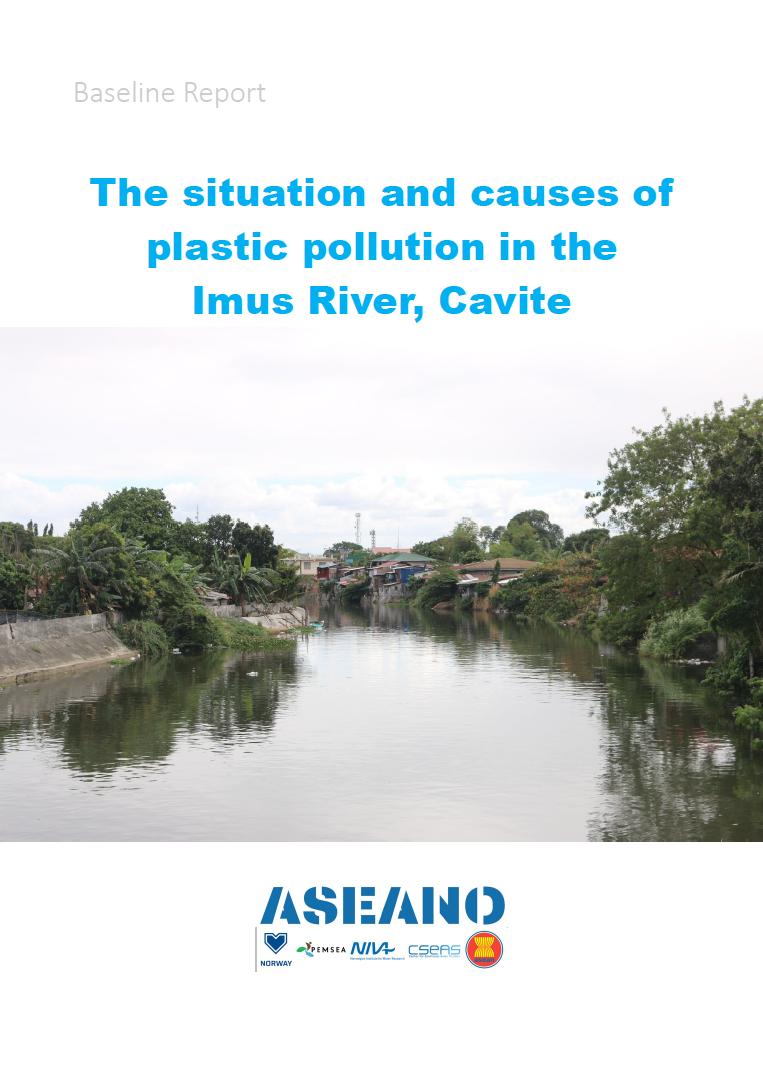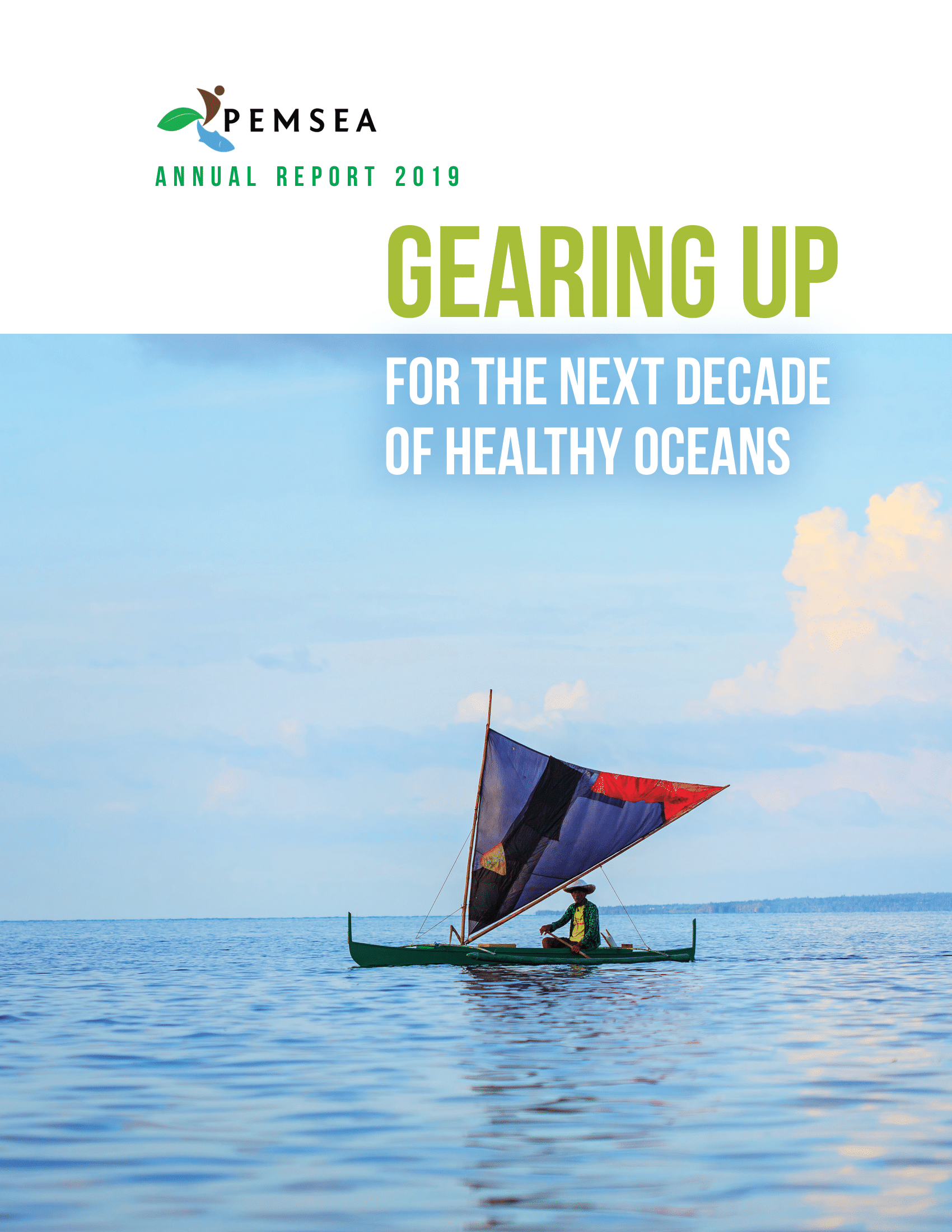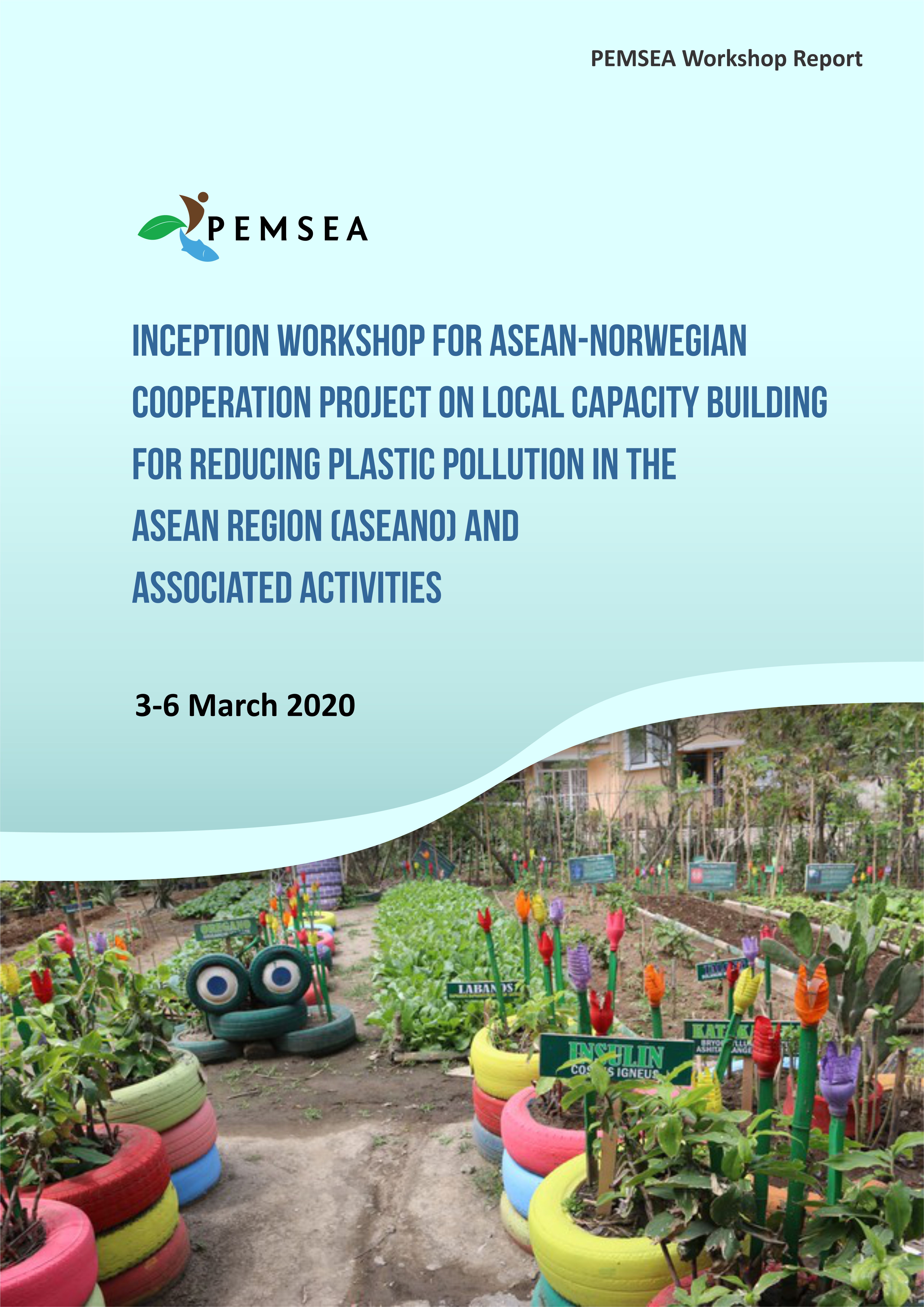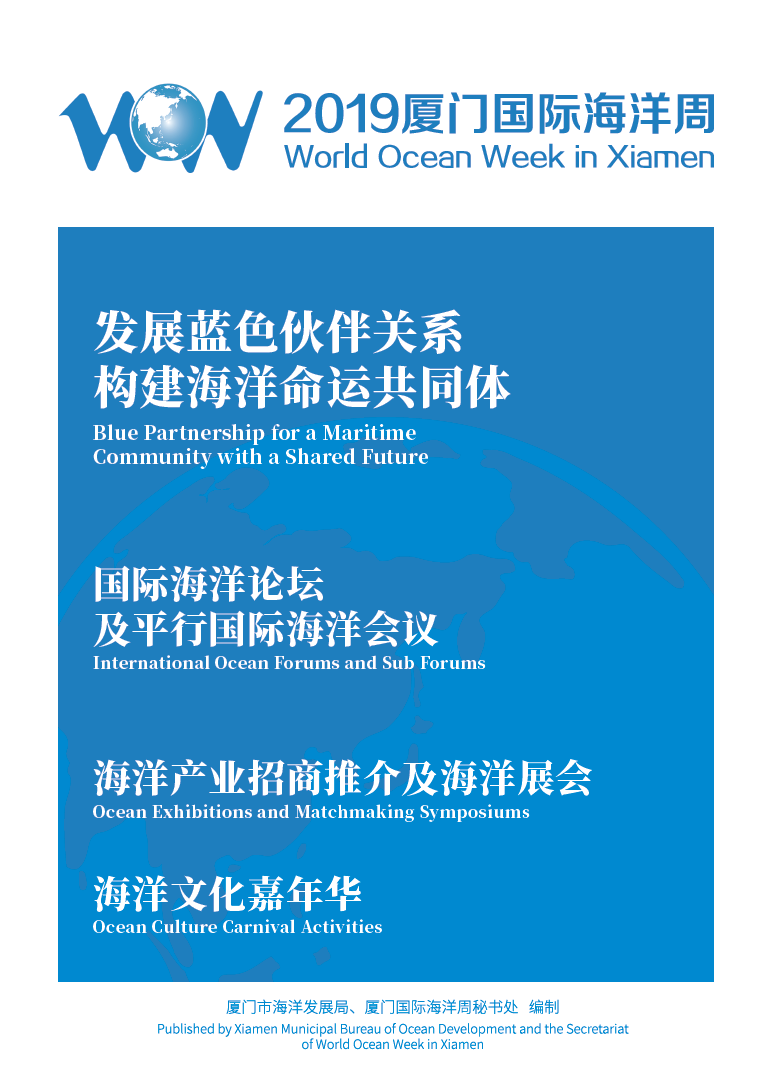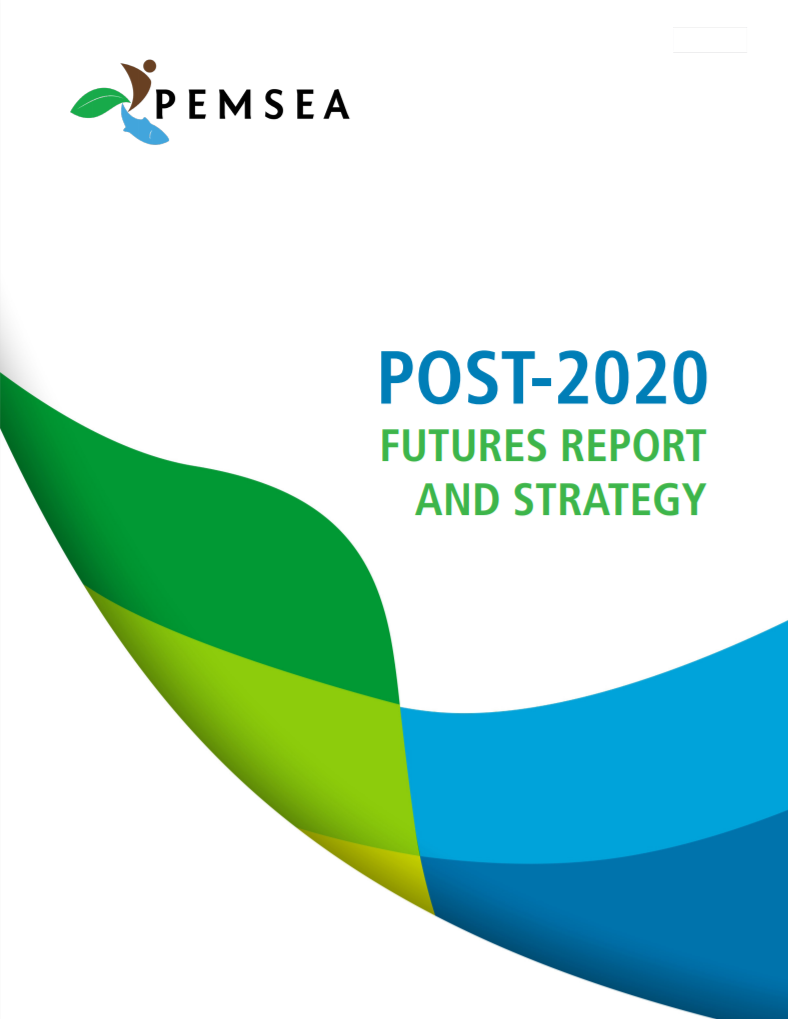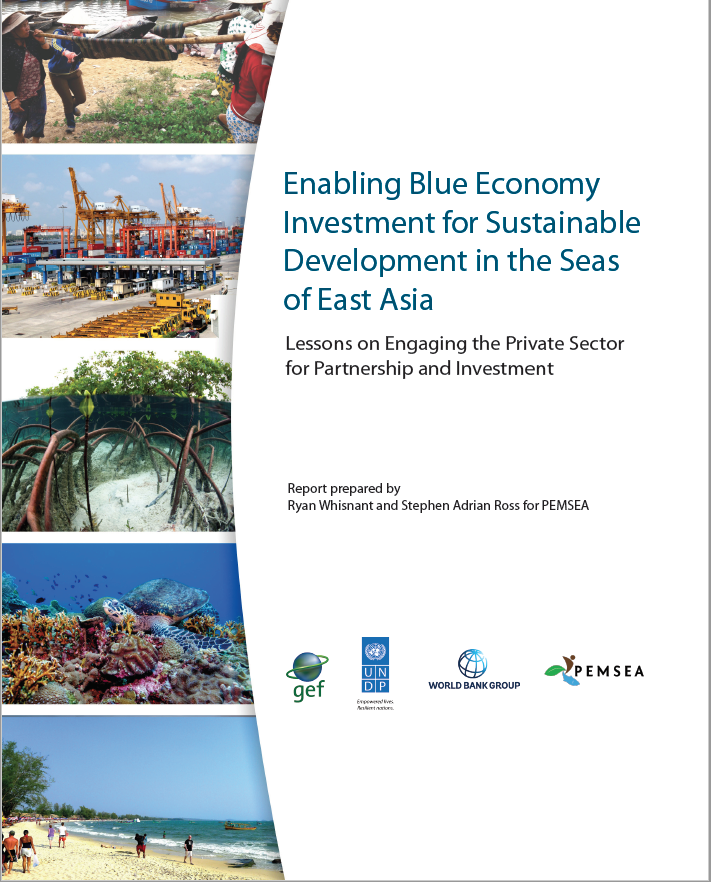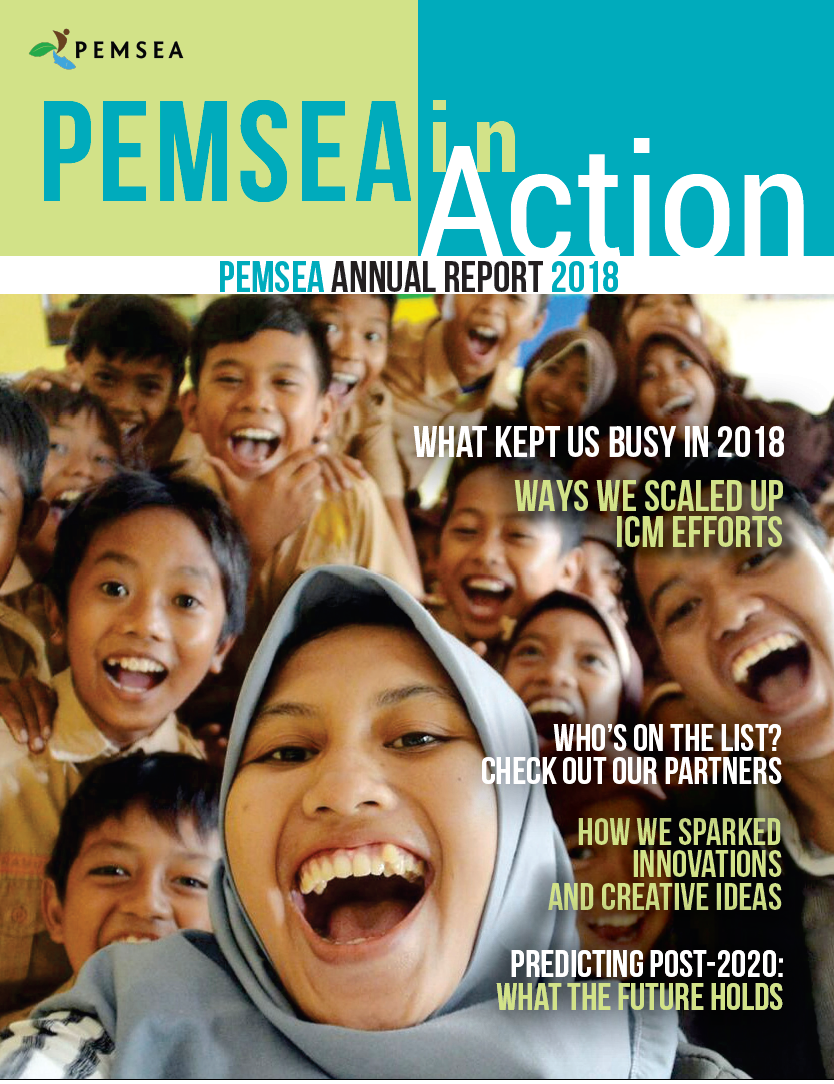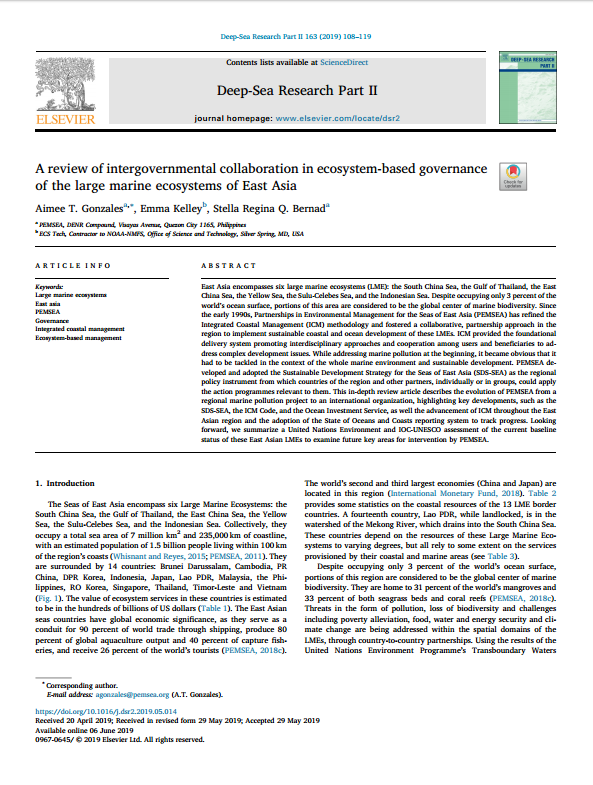
Breadcrumb
Guimaras Coastal Strategy
Guimaras Province (located southeast of Panay Island and northwest of Negros Island) has developed the Guimaras Coastal Strategy 2020 as part of its long-term vision of becoming the agri-ecotourism capital of Western Visayas. Adopted via Resolution No. 160, the Guimaras Coastal Strategy builds on the province’s adoption of Integrated Coastal Management (ICM) as a key approach towards achieving sustainable development of its coastal and marine areas and resources.
The result of an integrated planning process involving all public and private stakeholders of the province and its five municipalities, the Guimaras Coastal Strategy was developed through the help of local and national governments, NGOs, and fisherfolk and farmers who will be involved in its implementation as partners.
The Strategy identifies conflicts arising from multiple use of limited marine and coastal resources, proposes actions for protecting or enhancing environmental quality and biodiversity, while facilitating environment-friendly economic development and providing environmental investment opportunities.
The situation and causes of plastic pollution in the Imus River, Cavite
This Baseline Report is part of the ASEANO Project. It assesses current knowledge and plastic practices within Cavite and the LGUs along the Imus River.
PEMSEA Annual Report 2019: Gearing up for the next decade of healthy oceans
In the past year, concerted efforts to scale up the implementation of the 2018-2022 Sustainable Development Strategy for the Seas of East Asia (SDS-SEA) meant PEMSEA and its partner countries surpassed its integrated coastal management (ICM) targets ahead of schedule. Targeting to achieve at least 25% coverage of the region’s coastline by 2021, ICM coverage of the region’s coastline is now estimated at 37.9% as of December 2019.
The year 2020 has been declared a “Super Year” for the ocean, as growing evidence has shown that the sustainability of our marine ecosystems is inextricably linked to our human health and future prospects. The next decade has also been declared by the United Nations as the Decade of Ocean Science for Sustainable Development. From 2021 to 2030, PEMSEA is committed to supporting the UN SDGs, the new Biodiversity Conservation Framework and other international and regional commitments. This new decade of action will see the East Asian Seas play a leading role in addressing the issue of marine pollution and venturing into new integrated approaches to promoting ocean health and sustainable blue economies.
Inception workshop for ASEAN-Norwegian cooperation project on local capacity building for reducing plastic pollution in the ASEAN region (ASEANO) and associated activities
Representatives from PEMSEA, NIVA, and CSEAS undertook a trip to Cavite, Philippines, facilitated by Cavite PG-ENRO, to study the proposed pilot site for the Philippine sub-component of the ASEANO project, to meet relevant stakeholders, and to launch the sub-component through an inception workshop with relevant stakeholders from the city of Dasmariñas and nearby areas.
During two days of site visits, various sites along the river were visited and documented, and local stakeholders including politicians and academe representatives were met. These visits allowed the project team to obtain a better picture of existing waste reduction efforts along the Imus river. For the river, the project team observed an expected increase in pollution levels as the river moved downstream, and observed numerous areas of waste accumulation and points of waste entry into the river. The university stakeholders, Cavite State University and De La Salle University Dasmariñas, expressed great support for the project and are enthusiastic about becoming involved in the research component of the project. Local politicians were also supportive, and referred us to their various material recovery schemes, which across different jurisdictions performed similar material recovery including producing biogas, recycling plastic into new products such as bags and ecobricks, and creating charcoal.
The Inception Workshop held on 5th March brought together stakeholders and interested parties with the dual aims of introducing these parties to the project and providing an opportunity for the project team to ask questions of these individuals. Local inputs and recommendations were sought on a number of different topics, and these inputs will be used to guide the project going forwards.
A project team meeting comprising of core representatives from Cavite, PEMSEA, NIVA and CSEAS, was held to reflect on the learnings of the previous days and chart the way forward for the Philippine sub-component. Existing information will be compiled into a background report on the Imus river, which will be included as a section within the overall ASEANO project’s baseline report. Further smaller meetings and discussions are expected over the coming months, and future inperson meetings are expected around the middle of the year.
Proceedings of Xiamen World Ocean Week 2019
With the theme of "Blue Partnership for a Maritime Community with a Shared Future", this year's World Ocean Week launched a new marine activities model which combined the exhibition, forum, investment promotion, science popularization, and tourism. It focused on marine industry docking and international communication, which deepens marine communication and cooperation between China and BRI countries, including ASEAN members.
Post-2020 Futures Report and Strategy
The East Asian Seas cover approximately 7 million km2 of sea area and 235,000 km of coastline. It is recognized as the center of marine biodiversity globally, being home to 31% of the world’s mangroves, 33% of seagrass beds and a third of the world’s coral reefs. Countries in the East Asian region account for 80% of global aquaculture, and around 60% of the world’s capture fisheries. The region’s seas serve as an important conduit for world trade, connecting 9 of the world’s 10 busiest ports. Moreover, the region is a center of economic growth, home to the 2nd and 3rd largest economies of the world (China and Japan, respectively), and the combined economies of ASEAN, which represent the world’s 5th largest economy and the 3rd largest global market with more than 630 million people.
Partnerships in Environmental Management for the Seas of East Asia (PEMSEA) is a regional organization mandated to promote collaboration towards healthy oceans, people and economies in the East Asian Seas (EAS). Eleven country partners and 21 non-country partners have been working together to implement a shared regional strategy called the Sustainable Development Strategy for the Seas of East Asia (SDS-SEA), which outlines ambitious targets and approaches towards ensuring sustainable and prosperous oceans and coasts in the region.
The adoption of the United Nations Sustainable Development Goals (UN-SDGs) in 2015 called on the public and private sectors and civil society to focus their efforts and partnership towards addressing the interrelated challenges of sustainable development, with the view of scaling-up solutions and managing resources more effectively. The same is taking place in East Asia as policies, programs, and projects are being aligned in support of the SDGs across the domains of government, business and finance, civil society, development funding and philanthropy.
As PEMSEA celebrates 25 years of helping strengthen regional governance and cooperation, building local capacity and implementing integrated coastal management (ICM), it now looks to the future. Stepping into a post-2020 world, this report seeks to identify the relevant global, regional and national trends that will catalyze change and influence decision-making for the EAS. In this report, key facts and figures on persistent and emerging trends and priority developments present both familiar and new perspectives on the challenges and opportunities that are likely to matter post-2020. This report is part of the process of stocktaking with a view to developing an action plan (roadmap) that would cover both mid- and long-term programs of work. The report’s aim is to help inform PEMSEA’s effective and collaborative engagement towards more sustainable and prosperous oceans and coasts.
Enabling Blue Economy Investment for Sustainable Development in the Seas of East Asia
In collaboration with other regional and international organizations, PEMSEA has undertaken a significant body of work to advance both the understanding and practice around blue economy and investment in sustainable development of coasts and oceans. This report provides an update on the current state of blue economy investment in East Asia, with lessons learned and recommendations for international development organizations to help advance blue economy investment.
PEMSEA Annual Report 2018: PEMSEA in Action
This annual report shares PEMSEA's significant milestones in 2018: PEMSEA’s 25th anniversary; the holding of the East Asian Seas Congress in the Philippines; and country partners commitment to intensify the implementation of our shared regional strategy, the Sustainable Development Strategy for the Seas of East Asia, and pledge to support the sustainability of the PEMSEA Resource Facility beyond 2019 through the Iloilo Ministerial Declaration.
A review of intergovernmental collaboration in ecosystem-based governance of the large marine ecosystems of East Asia
East Asia encompasses six large marine ecosystems (LME): the South China Sea, the Gulf of Thailand, the East China Sea, the Yellow Sea, the Sulu-Celebes Sea, and the Indonesian Sea. Despite occupying only 3 percent of the world’s ocean surface, portions of this area are considered to be the global center of marine biodiversity. Since the early 1990s, Partnerships in Environmental Management for the Seas of East Asia (PEMSEA) has refined the Integrated Coastal Management (ICM) methodology and fostered a collaborative, partnership approach in the region to implement sustainable coastal and ocean development of these LMEs. ICM provided the foundational delivery system promoting interdisciplinary approaches and cooperation among users and beneficiaries to address complex development issues. While addressing marine pollution at the beginning, it became obvious that it had to be tackled in the context of the whole marine environment and sustainable development. PEMSEA developed and adopted the Sustainable Development Strategy for the Seas of East Asia (SDS-SEA) as the regional policy instrument from which countries of the region and other partners, individually or in groups, could apply the action programmes relevant to them. This in-depth review article describes the evolution of PEMSEA from a regional marine pollution project to an international organization, highlighting key developments, such as the SDS-SEA, the ICM Code, and the Ocean Investment Service, as well the advancement of ICM throughout the East Asian region and the adoption of the State of Oceans and Coasts reporting system to track progress. Looking forward, we summarize a United Nations Environment and IOC-UNESCO assessment of the current baseline status of these East Asian LMEs to examine future key areas for intervention by PEMSEA.
